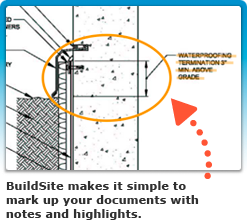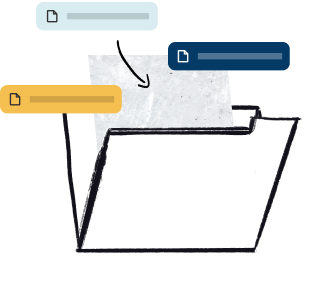Abstract
This specification covers perpendicularly oriented mineral fiber roll and sheet thermal insulation for use on the flat, curved, or round surfaces of pipes and tanks. The orientation of the rock, slag, or glass fibers within the roll or sheet insulation is essentially perpendicular to the heated/cooled surface. Materials covered in this specification do not include flat block, board, duct wrap, or preformed pipe mineral fiber insulation where the insulation fiber orientation is generally parallel to the heated/cooled surface. In low-temperature applications, properly installed protective vapor retarders should be used to prevent water vapor from moving through or around the insulation towards the colder surface. The materials are classified into six types according to the maximum use temperature and maximum apparent thermal conductivity and into two categories according to minimum compressive resistance. Samples taken from the materials should be tested according to the recommended procedures and should conform to the required values of corrosiveness to steel, stress corrosion to austenitic stainless steel, shot content, maximum use temperature, maximum exothermic temperature rise, and compressive resistance.
This abstract is a brief summary of the referenced standard. It is informational only and not an official part of the standard; the full text of the standard itself must be referred to for its use and application. ASTM does not give any warranty express or implied or make any representation that the contents of this abstract are accurate, complete or up to date.
1. Scope
1.1 This specification covers the composition, dimensions, and physical properties of compression-resistant, perpendicularly oriented mineral fiber (rock, slag, or glass) roll and sheet insulation intended for use on flat, curved, or round surfaces operating at temperatures between 0°F (–18°C) and 1000°F (538°C). This product (pipe and tank insulation) is typically used on nominal 24 in. (610 mm) or greater diameter surfaces. For specific applications, the actual use temperatures and diameters shall be agreed upon between the manufacturer and the purchaser.
1.2 The orientation of the fibers within the roll or sheet insulation is essentially perpendicular to the heated/cooled surface (parallel to heat flow). This specification does not apply to flat block, board, duct wrap, or preformed pipe mineral fiber insulation where the insulation fiber orientation is generally parallel to the heated/cooled surface (across the heat flow).
1.3 For satisfactory performance, properly installed protective vapor retarders must be used in below ambient temperature applications to reduce movement of moisture/water vapor through or around the insulation towards the colder surface. Failure to use a vapor retarder can lead to insulation and system damage. Refer to Practice C921 to aid material selection. Although vapor retarders properties are not part of this specification, properties required in Specification C1136 are pertinent to application or performance.
1.4 When the installation or use of thermal materials, accessories, and systems may pose safety or health problems, the manufacturer shall provide the user-appropriate current information regarding any known problems associated with the recommended use for the products of the company and shall also recommend protective measures to be employed in their safe utilization. The user shall establish appropriate safety and health practices and determine the applicability of regulatory requirements prior to use.
1.5 The values stated in inch-pound units are to be regarded as standard. The values given in parentheses are mathematical conversions to SI units that are provided for information only and are not considered standard.
1.6 This standard does not purport to address all of the safety concerns, if any, associated with its use. It is the responsibility of the user of this standard to establish appropriate safety and health practices and determine the applicability of regulatory limitations prior to use.
Reproduced, with permission, from the ASTM International website, copyright ASTM International, 100 Barr Harbor Drive, West Conshohocken, PA 19428. To purchase the complete standard, go to http://www.astm.org/.



